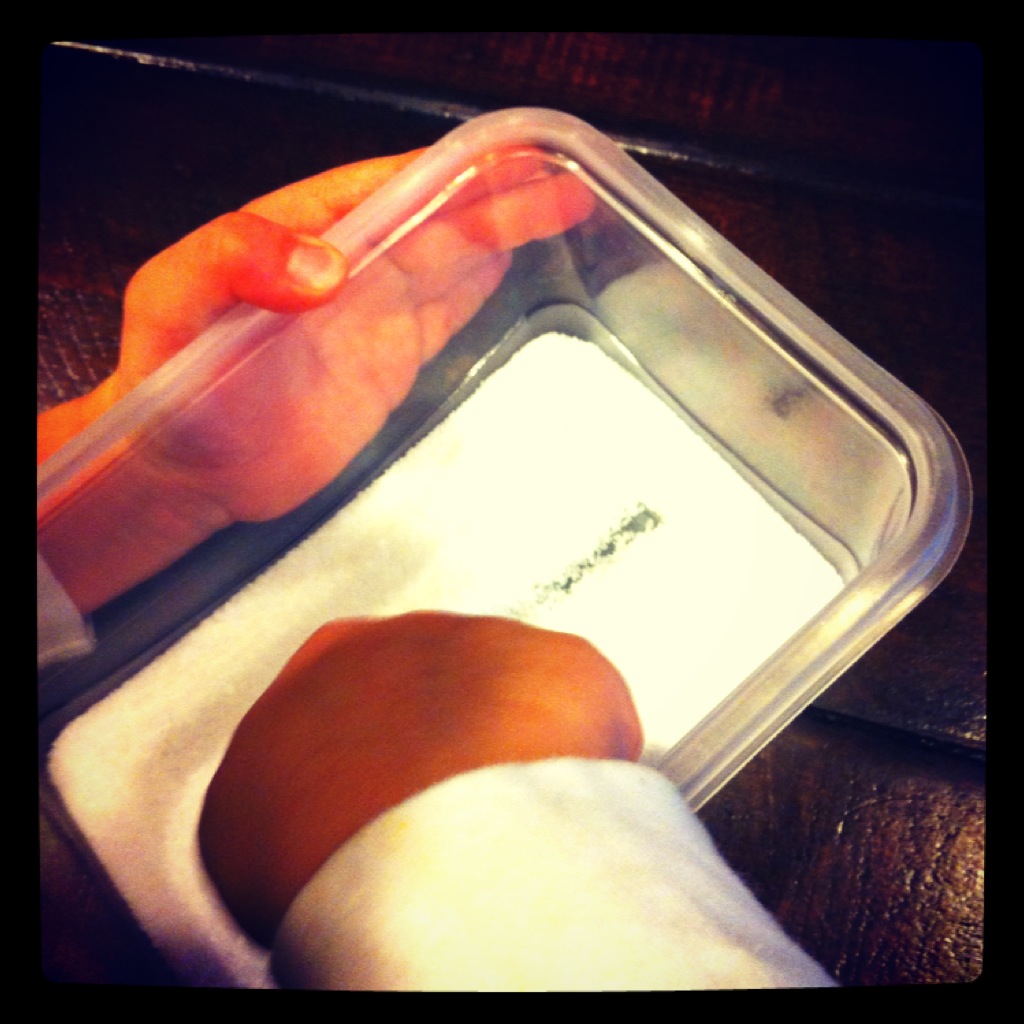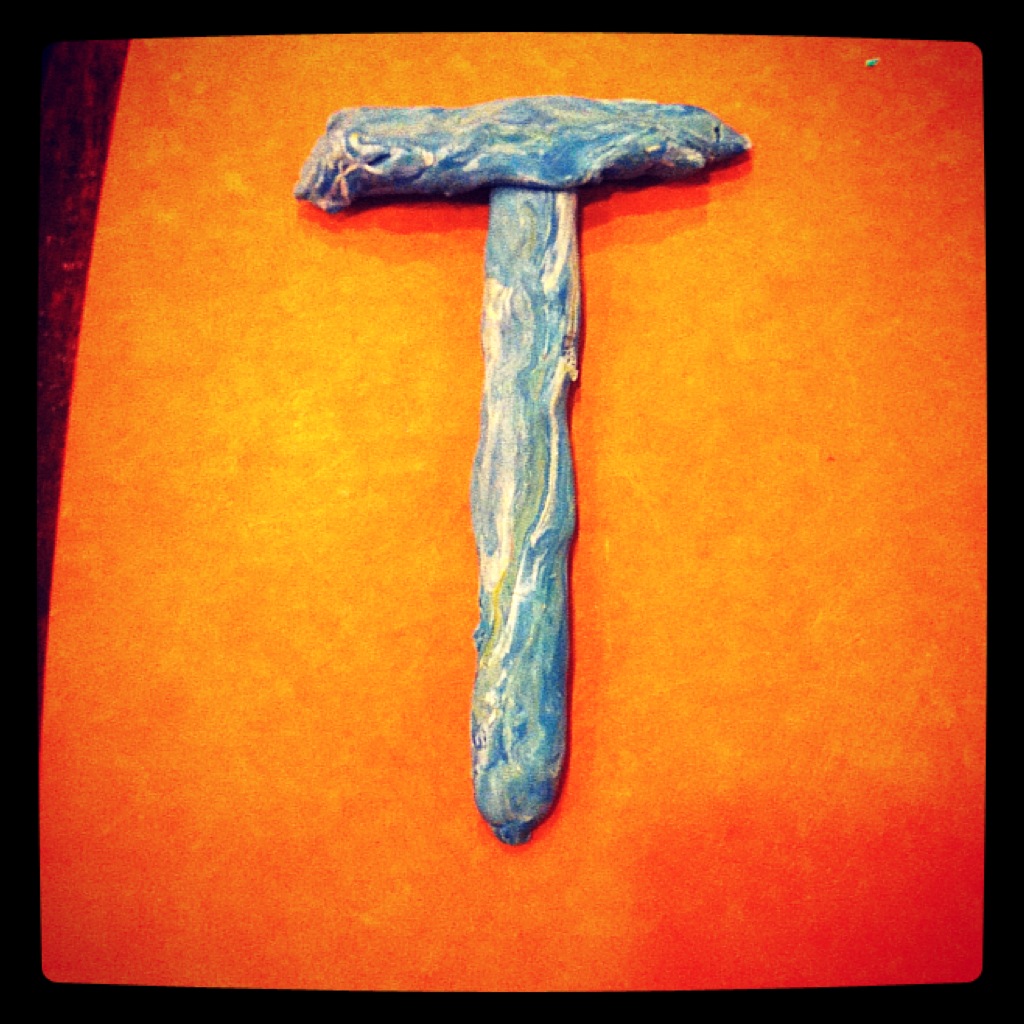Letter In-Formation
As more emphasis is placed on Common Core and Standards of Learning, less emphasis is placed on handwriting and letter formation. The push to teach content into little brains is forcing handwriting instruction into the backseat. Not to mention the fact that we are living in a digital world. We text, we e-mail, we type so do we still need to learn how to write?
I say yes. Personally, I think there's something magical about putting pen to paper and even with my trusty computer and iPhone, there are still times when I enjoy writing out post ideas or calendar dates rather than inputting them straight into technology. Although, it is much easier to lose a post-it than a note in my phone.
However, I do recognize that not all kiddos enjoy my love of paper and pencil. When I give my son a piece of paper and a pencil his automatic response is to scribble something, even though he has been learning how to write letters at school. His preschool is teaching Handwriting Without Tears, which seems to be a preferred method among many preschools in my area. In my Kindergarten classroom I teach a very modified form of the program. I've read about Handwriting Without Tears, but I've never had any formal training and to be honest some weeks I barely have time to squeeze in handwriting practice for the letter of the week. That doesn't mean I don't think it's important, it simply means I'm super busy teaching other stuff like reading and math.
But the bottom line is that writing is important too and it all begins with letter formation. Handwriting is a tricky thing to teach at home because there seem to be so many ways to form letters, but I stick to the basics. I like what I know about Handwriting Without Tears because they keep it simple. All letters are made up of four basic shapes: big lines, little lines, big curves and little curves. For example, an uppercase E is one big line down with a little line at the top, a little line in the middle, and a little line at the bottom. Also, I teach my kids that you should write like you read (top to bottom, left to right). In other words, start forming your letters from the top down and left to right. Using the E again, you would start the big line at the top and make it straight down. Then you would go back to the top and make the little line at the top, middle and bottom writing them from left to right. Does that make sense?
Also, I've realized with my own son that if I really want to see what he knows, then I have to make it seem like it's not work. So I've made it my mission over the last week to fit letter formation into everyday play and it worked like a charm. It started when my son grabbed our Boogie Board, not the thing you ride waves on at the beach but the LCD writing tablet. You write on it with a special stylus and then you push a button and everything on the screen erases. He was drawing on it, or scribbling as I call it and I said can you make an E, he has one in his name. Sure he says and makes an E. Then I start asking him about other letters I know he's already learned at school and he writes each one of them in his slightly wobbly four-year old handwriting. I tried not to act too excited, but I was actually impressed. I usually can't even get him to write his name for me.
So my advice on this is change up the medium. Don't stick strictly to pencil and paper. Dry erase boards and chalkboards can be equally as fun. Or what about something like a Magna Doodle, do those even exist anymore? Or use a drawing app like Kids Doodle for the iPad or iPhone.
A few days later, I asked my son if he wanted to practice writing his letters and of course his automatic response was, "No sanks." I said, "well, how about if we draw it in salt?" He said, "Okay!" So I poured enough kosher salt into a small, rectangular plastic container to cover the bottom and had him write some letters using his pointer finger. It works because it's a different texture and the salt will hold the shape of what was written so you can see the lines where the letter was formed. Kind of like writing in the sand at the beach. It's also nice because you can give the container a little shake and the salt is flat again for another letter. Use a container with a lid and you can save it for another time, even better, right?
A similar task can also be done using finger paint, shaving cream or pudding (messy but delicious).
The last way I had my son practice his letters this week was by forming them with play-dough. He really enjoyed rolling out snakes to form the letters. Play-dough is great for building hand strength, which children need to develop for writing anyway. I also like using play-dough to form letters because it lends itself well to discussing the shape of the letters which in turn helps with writing the letters and remembering what they look like. It can never hurt to reinforce letter recognition skills.
Yes, this T looks a little swirly, but there is absolutely no solid colored play-dough in my house. As soon as we get new play-dough my son makes it his personal mission to mix it with at least one other color. You open a can and you never know what color you are going to get. Certainly not the color that's on the lid. But that's beside the point. You can use other household items to form letters as well, pretzels, cheerios, legos, but I like play-dough because you can form it into other shapes and it curves well.
So, have some fun this week. Set aside your paper and pencil and have your child practice writing letters a different way.


